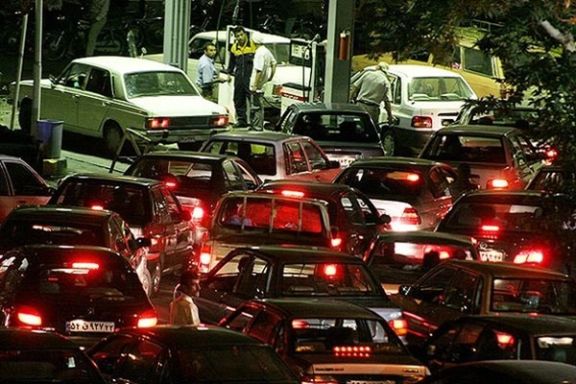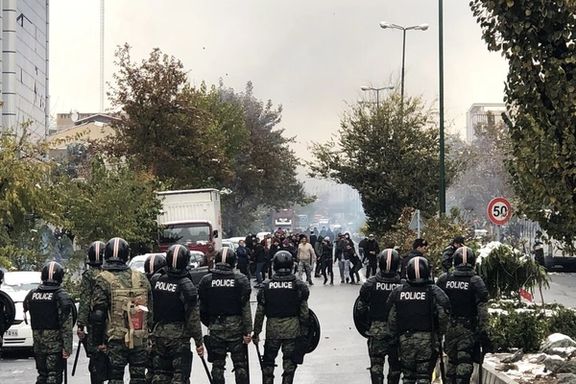Congestion At Gas Stations As Iran's Fuel Crisis Deepens

Shortages of gasoline in Iran and refueling limits, as well as rumors of an impending price hike have led to long queues at gas stations across the country.

Shortages of gasoline in Iran and refueling limits, as well as rumors of an impending price hike have led to long queues at gas stations across the country.
Despite repeated denials of a fuel crisis by government media -- which blame the disruption in the supply chain on summer travels -- Iranians see the long lines of cars as a prelude to protests that may engulf the country even before the anniversary of last year’s protests in mid-September.
The congestion at gas stations started in small towns and cities earlier in the month but as of Tuesday, numerous videos have emerged on social media showing long queues of vehicles waiting to fill up in the capital Tehran, Kerman, Karaj, Kermanshah, as well as several cities in border provinces.
Media outlets affiliated with the government and the Revolutionary Guard have published several reports in the past few days claiming that technical issues such as out of order fuel pumps and nozzles have caused the problem. Jam-e Jam newspaper, owned by Iran's state broadcaster, claimed that delays to get fuel to the stations and problems with smart cards that keep tabs on the customers' rations have caused the crisis.
Meanwhile, there are reports that fuel black markets have formed in several cities, with prices closer to international levels. The government, which controls one of the world's largest oil and gas reserves, sells gasoline at extremely low, subsidized prices, charging less than 10 US cents per gallon, or less than 3 cents per liter, while neighboring oil-producers have much higher prices, in line with international market rates. Second only to Venezuela, Iran has the world’s cheapest gasoline price.
According to the reformist Ham-Mihan newspaper, in several cities in Sistan-Baluchistan province, a 20-liter can of gasoline is being sold for 4,000,000 rials or $8, about seven to eight times higher than the highest government price.
One of the main reasons that the Islamic Republic has not managed to increase prices in the midst of the current economic crisis is because it faced the worst wave of unrest in years since September 2022. A fuel price hike would risk fanning the flames of unrest further.
For years there has been talk of adjusting prices, but since 2018 Iran’s currency has dropped 12-fold and any increase needs to be huge to be meaningful in US dollars. In November 2019, a government decision to increase fuel prices by 50–200 percent triggered nationwide unrest that lasted for two weeks. Regime forces killed at least 1,500 civilians, in the worst such crackdown in Iran.

Iran has been struggling with gasoline shortages since at least the beginning of the summer of 2022 and was forced to release one-third of its strategic reserves by the end of the same year. A source at the oil ministry told Iran International that the National Iranian Oil Refining and Distribution Company (NIORDC), a department within the ministry, has released around 900 million liters of strategic gasoline reserves into the market.
Adding to the misery, an informed Iranian oil ministry official told Iran International on Monday that Russia has ceased its gasoline exports to Iran for the past few months.